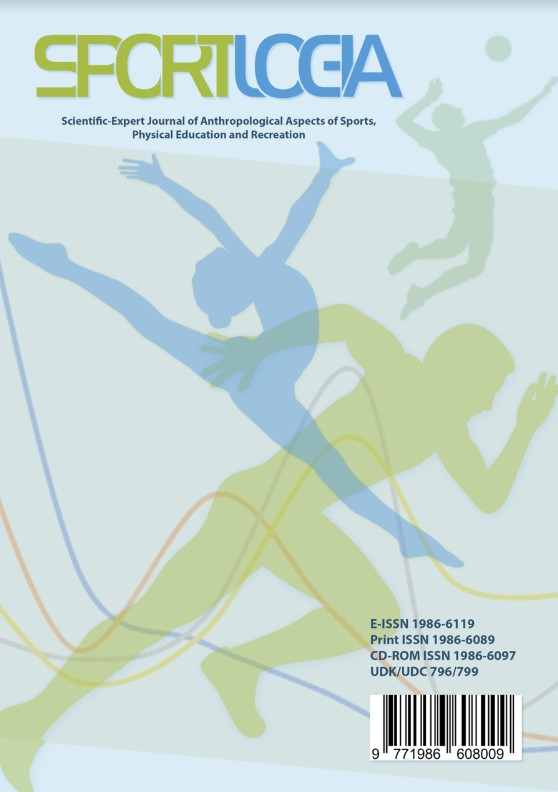Could Muscle Power and Muscle Endurance Influence Fire Emergency Response Movement Time in Young Adults?
DOI:
https://doi.org/10.7251/SPTL2401001BKeywords:
Emergency Response, Health and safety, Physical fitness, Disaster preparedness, Fire Emergency, EvacuationAbstract
This research sought to determine whether there was a direct relationship between muscle power, muscle endurance and emergency response times among young adults. While performance capability remains an essential component for emergency teams, this study showed how some physical fitness factors might alter initial emergency response time and lessen the effects of the disaster. Engagement in preparedness exercises, particularly those emphasizing physical activity, offers advantageous health outcomes and enhances disaster response efficacy. These improvements in readiness directly impact the overall outcomes of such disasters. The sample consisted of 21 students, comprising both male and female participants of the same age. Following the American College of Sports Medicine's (ACSM) Exercise Preparticipation Health Screening Questionnaire for Exercise Professionals, the participants were separated into two groups: the physically active group and the physically inactive group. The study's main objective was to determine whether muscle power and muscle endurance of the participants could influence their fire emergency response movement time to a safe location. Additionally, the study sought to find out whether physically active participants responded more quickly than physically inactive ones. The findings of this study indicate a relationship between emergency response time and measurements of muscle endurance and muscle power. Participants who were physically active had shorter movement time to safe location (p = 0.023), performed better on the standing broad jump test (p = 0.001), and muscle endurance test (p = 0.004). Although performance ability is a key component for emergency teams, this study demonstrated how some factors of physical fitness can affect initial emergency response time and help mitigate the effects of the disaster in young adults.
